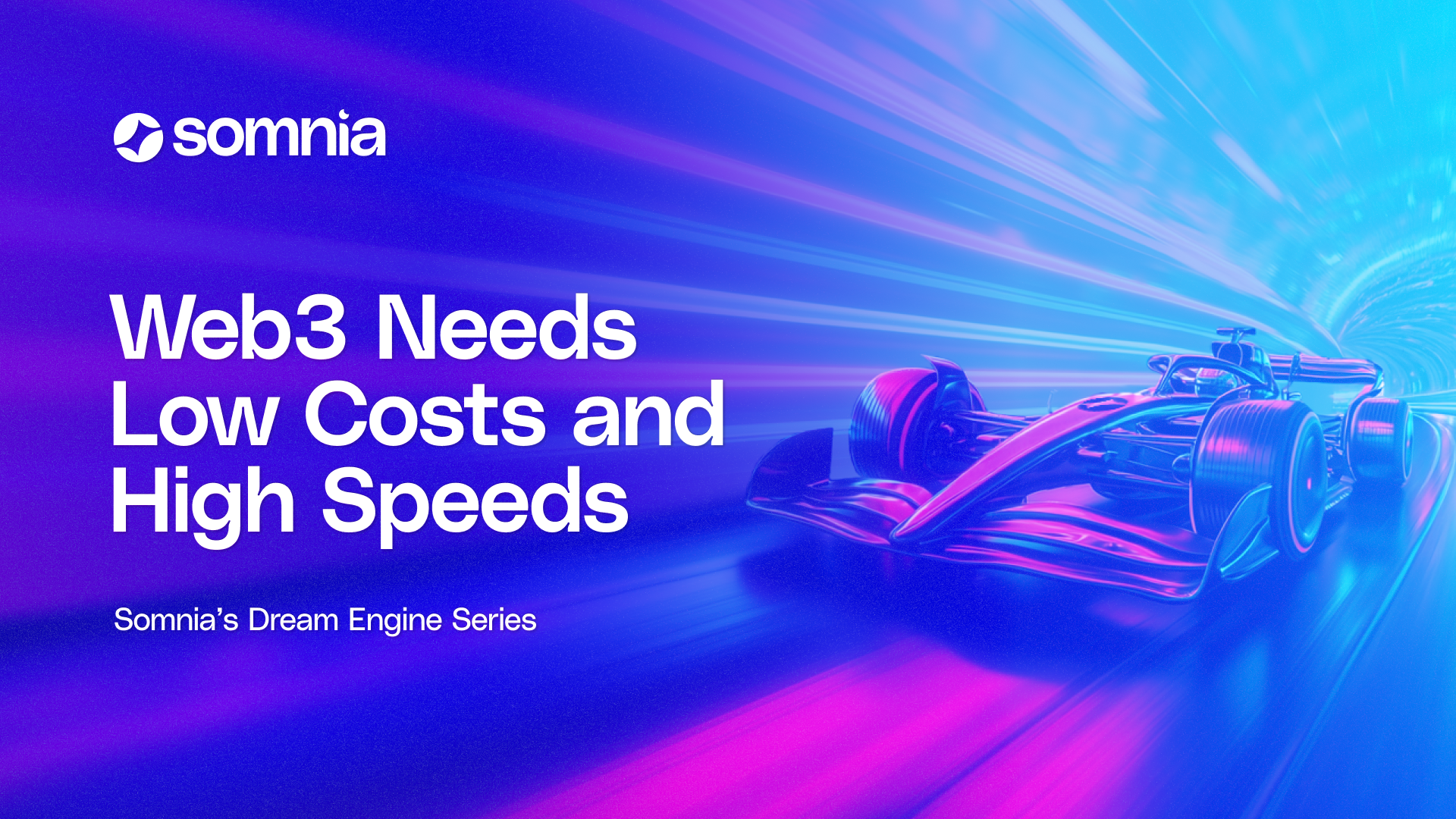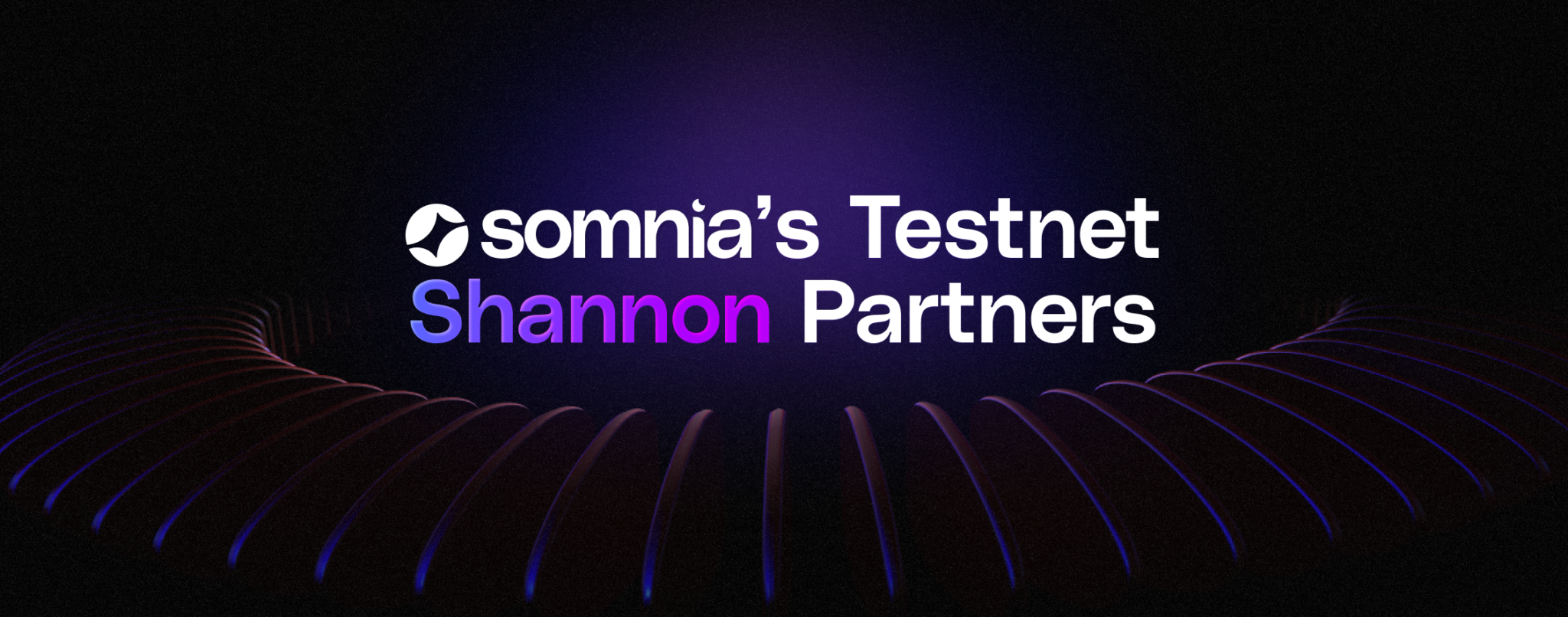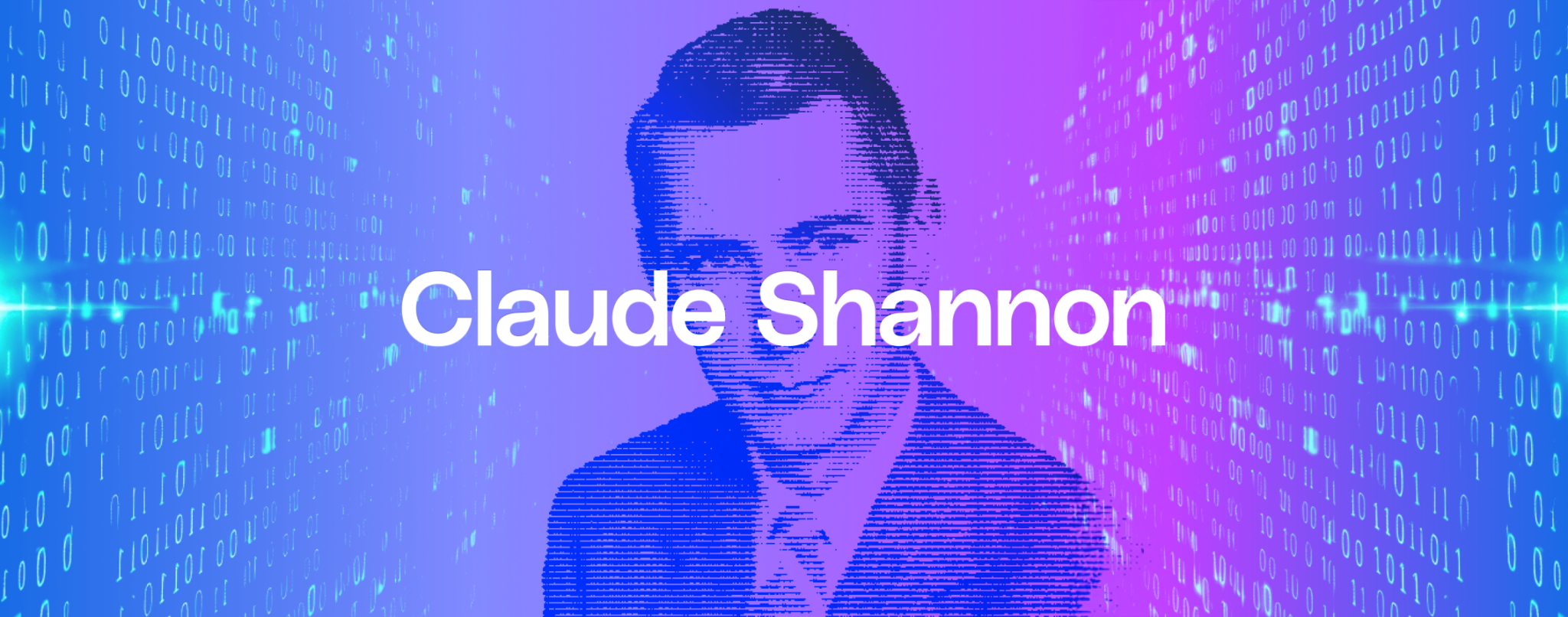
Somnia’s Compression Algorithm: Improving Blockchain Scalability

One of the main challenges in building a truly scalable blockchain for the metaverse is the immense amount of data that needs to be processed and sent through the network. As millions of users interact across a wide range of virtual experiences, the transaction data can quickly become overwhelming, putting a strain on network bandwidth and making metaverse applications impossible to build.
Somnia is introducing advanced compression techniques that maximize data throughput and ensure the blockchain can handle the massive scale that the metaverse requires.
In the race to build a scalable blockchain for the metaverse, transactions per second (TPS) has been a key focus. But TPS is only one part of the equation. To truly enable a massive, open metaverse, the blockchain must also solve the challenge of sending large amounts of transaction data to every node in the network.
Consider this: a standard Ethereum transaction is around 200 bytes. At 1 million TPS, that equates to a staggering 1.5Gbits/s of data. This is far beyond what’s possible for a decentralized network of peers. The data throughput quickly becomes a bottleneck, even if the blockchain can execute transactions at a high speed.
This is why Somnia developed advanced compression techniques that significantly reduce the size of transaction data, allowing it to be efficiently shared across the network.
The key insight is that transaction data contains a lot of redundant information. For example, certain contracts or accounts may be involved in a high percentage of transactions. By compressing this redundant data intelligently, we can dramatically reduce the bandwidth required.
Somnia employs two main forms of compression:
- Block compression: This is the standard form of compression used by most blockchains, where each block of data is compressed independently. It’s simple but limited in its compression efficiency.
- Streaming compression: This is where Somnia’s architecture really shines. In Somnia, each validator publishes a continuous stream of transaction data to their own “data chain”. Because each data chain has a single producer, Somnia can use streaming compression algorithms that leverage the shared history between the sender and receiver. This allows for much higher compression ratios.
With streaming compression, Somnia can use techniques like referencing data that was sent megabytes earlier, rather than resending it. This type of compression is not possible in traditional blockchain architectures, where each block is produced by a different proposer.
In addition to streaming compression, Somnia also uses BLS signature aggregation to further reduce the data size. BLS signatures allow multiple signatures to be combined into a single signature, greatly reducing the signature data that needs to be transmitted.
This breakthrough in data compression, combined with Somnia’s high-performance execution environment, opens the door to a truly scalable open metaverse. Users can enjoy seamless, responsive experiences, while builders and creators can push the boundaries of what’s possible, without being constrained by blockchain throughput.
To learn more about what Somnia is building check out our litepaper, and join our community to stay updated on the release of our full technical whitepaper.
Stay updated with Somnia
Twitter – Discord – Telegram – Reddit – Lightpaper – OnePager



